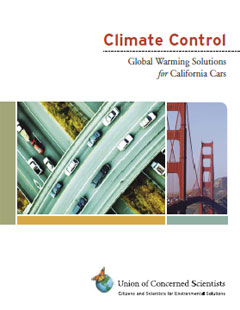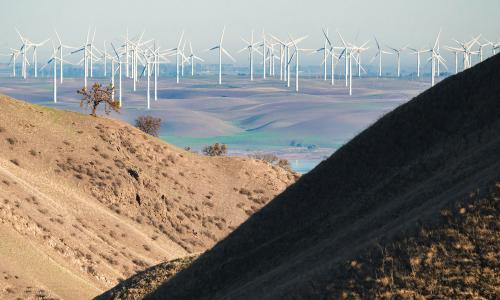Global warming is one of the most serious long-term environmental threats our planet faces. An international scientific consensus predicts that the average global temperature will increase during the coming century and the resulting changes will have substantial and adverse impacts on global weather patterns.
California, by itself one of the world’s largest economies, can be seen as a microcosm of both the national and planetary problems associated with global warming. Even an increase of a few degrees can affect the weather patterns seen across California, affecting snow pack amounts and, in turn, water supplies. In addition, increases in average temperatures could also lead to the loss of native species and vegetation, damage to agricultural crops, unhealthy air quality, increased spread of infectious diseases, and increases in the frequency and severity of storms and natural disasters such as wildfires and mudslides.
All of these factors increase the risks to California’s public health, natural resources, and infrastructure. Responding to and mitigating these risks will place large demands on the state’s economy throughout this century. Because the federal government has failed to take action against climate change, states have begun to take up the burden of reducing emissions of heat-trapping gases—the pollutants that contribute to global warming. California, as it has in the past, is leading the way by focusing on the largest source of heat-trapping emissions in the state—motor vehicles.




